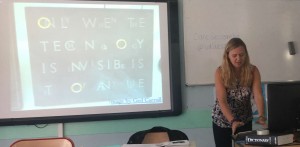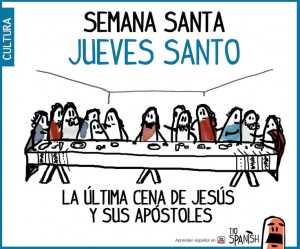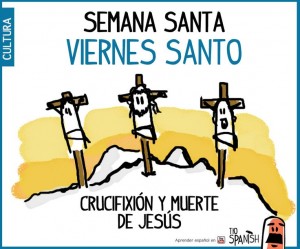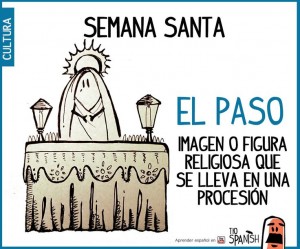Following on from yesterday’s post, I forgot to say that there is a Facebook page for Muy Interesante Junior that has little snippets from the magazine as well as previews of upcoming editions.
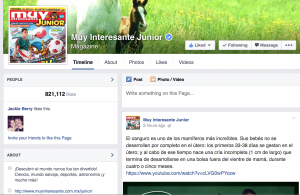
…and you can follow @MuyInteresante on Twitter for interesting facts in Spanish in 140 characters or less.
A regular feature of Muy Interesante Junior each month is the El que busca encuentra spread. It’s a bit like Where’s Wally? or ¿Dónde está Wally? (did you know that he’s called Charlie in French, Walter in German and BenJ in Swiss German? Find out more here) in that you have to find people in a very ‘busy’ picture! Here’s a section of the picture.

What makes it different is that each edition there is a different theme for the ‘puzzle’; this edition it is “Mujeres célebres.” Alongside the puzzle is a section which gives you the images that you must find along with a couple of sentences about the person. With the new programmes of study in mind, I can see this as a great opportunity to engage learners in short texts as well as increasing their general knowledge, in this case about famous women, and revising and learning structures and vocabulary .

For example, the short texts include details about countries of origin, occupations, years of birth and death.
1. You could ask questions about the women based on the facts. For example:
- ¿Quién es de Francia? (Coco Chanel, Edith Piaf, Juana de Arco, Camille Claudel)
- ¿Quién es cantante? (María Callas, Edith Piaf)
- ¿Quién viene de Europa? (Coco Chanel, Edith Piaf, Juana de Arco, Camille Claudel, Emmeline Pankhurst, Madre Teresa de Calcuta)
- ¿Quién es de un país que habla español? (Sor Juana Inés de la Cruz, Evita Perón, Gabriela Mistral)
- ¿ Quién ha ganado un Premio Nobel? (Madre Teresa de Calcuta, Gabriela Mistral)
- ¿Quién nació en el siglo veinte? (María Callas, Indira Gandhi, Edith Piaf, Evita Perón, Madre Teresa de Calcuta, Katherine Hepburn)
- ¿Quién murió antes de cumplir cincuenta años? (Juana de Arco, Evita Perón, Nefertiti, Amelia Earhart, Edith Piaf)
2. You could also use Clare Seccombe’s Tesoro o basura idea and board along with this PDF of the names (Mujeres célebres) and ask learners to sort words according to given criteria (either with the information, or having found out as much as they can previously):
- Las actrices son ‘tesoro’; las demás son ‘basura’. (Edith Piaf, Katherine Hepburn)
- Las francesas son ‘tesoro’; las demás son ‘basura’. (Coco Chanel, Edith Piaf, Juana de Arco, Camille Claudel)
- Las que murieron en el siglo veinte son ‘tesoro’; las demás son ‘basura’ (María Calas, Indira Gandhi, Coco Chanel, Edith Piaf, Amelia Earhart, Evita Perón, Camille Claudel, Emmeline Pankhurst, Gabriela Mistral, Madre Teresa de Calcuta)
3. You could use the information strips to work on large numbers and dates; say a date and identify the person:
- mil novecientos siete – nació Katherine Hepburn
- mil seiscientos noventa y conco – murió Sor Juana Inés de la Cruz
- mil trescientos setenta antes de Cristo – nació Nefertiti
And what about putting all the women in a timeline and using ordinal numbers to describe their position?
4. You could ask learners to find me the word for…
For example:
- The Nobel Prize (El Premio Nobel)
- opera singer (la cantante de �ópera)
- her unique voice (su singular voz)
- the Pharaoh (el Faraón)
5. You could ask learners to fill in a form based on the information given: here are some I’ve made
Pen and paper form
Blue clipboard Stars
and then make up simple personal identification sentences about the women, using structures with which they are familiar:
Se llama Gabriela Mistral.
Es de Chile.
Es poeta.
Nació en mil ochocientos ochenta y nueve.
Murió en mil novecientos cincuenta y siete.
Es famosa por ganar el Premio Nobel de Literatura en 1945.
6. The information given could be extended with some research;
- find an image and write a physical description
- discover specifically where they were born and describe where it is (compass point, size, near to etc)
- find out a poem written / song sung / film starred in / speech made / dress designed by the person and describe it using adjectives
and not necessarily just in Spanish. What a great way of bringing Spanish into other areas of the curriculum by having the inspiration in Spanish and continue it in English?
Of course, you can do activities without even reading the information!
7. You could describe the images of the women in Spanish and ask learners to identify the person from your description – or ask a learner to describe to the class or their partner.
Lleva un vestido negro. (Coco Chanel)
Lleva pantalones , botas y una chaqueta. También lleva una bufanda, un casco y anteojos de aviador. (Amelia Earhart)
Lleva una túnica /un vestido blanco y un tocado blanco y azul. Lleva un cetro de oro. (Nefertiti)
8. Or you could play ¿Quién es? (Guess Who?) with yes/ no / don’t know questions being posed until the correct person is identified.
¿Lleva pantalones? Sí
¿Tiene el pelo rubio? No
¿Es Katherine Hepburn? Sí
You could extend the game to include the entire picture rather than just the 14 featured women – that could be a game that goes on forever!
And that brings us back to the ¿Dónde está Wally? element. Each of the women is hidden in the picture and, once they have been found, learners could describe where each is hidden in Spanish too. For example:
- Madre Teresa de Calcuta está en el primer piso. Está a la izquierda, al lado de la ventana, entre dos chicos que llevan jerseys verdes.
- Evita Perón está en la planta baja, a la izquierda de la escalera. Está al lado del tobogán.
- Amelia Earhart está a la derecha en el primer piso. Está al lado de un robot grande.
And for those that need an extra challenge, there’s a list of additional people/items to find in the picture – good for dictionary skills!
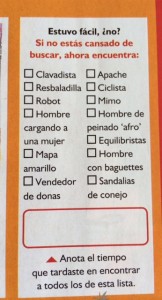
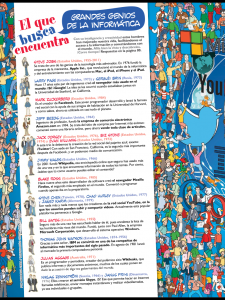

The latest edition of Muy Interesante Junior has ‘Grandes genios de la Informática’ as the theme of El que busca encuentra – time to start thinking where that may lead.
But I’ll leave that for another time 😉
If you have any ideas that I haven’t considered, please share them in the comments!
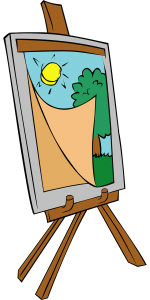

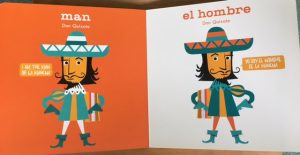

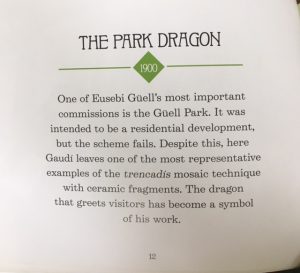
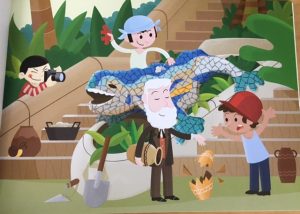
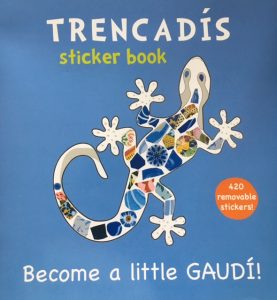
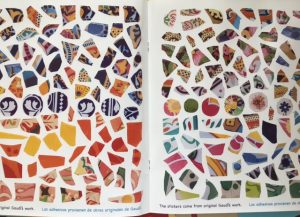

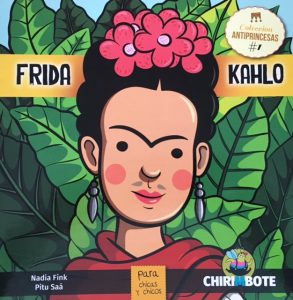
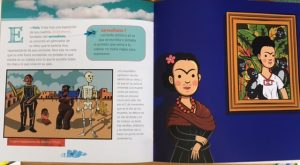
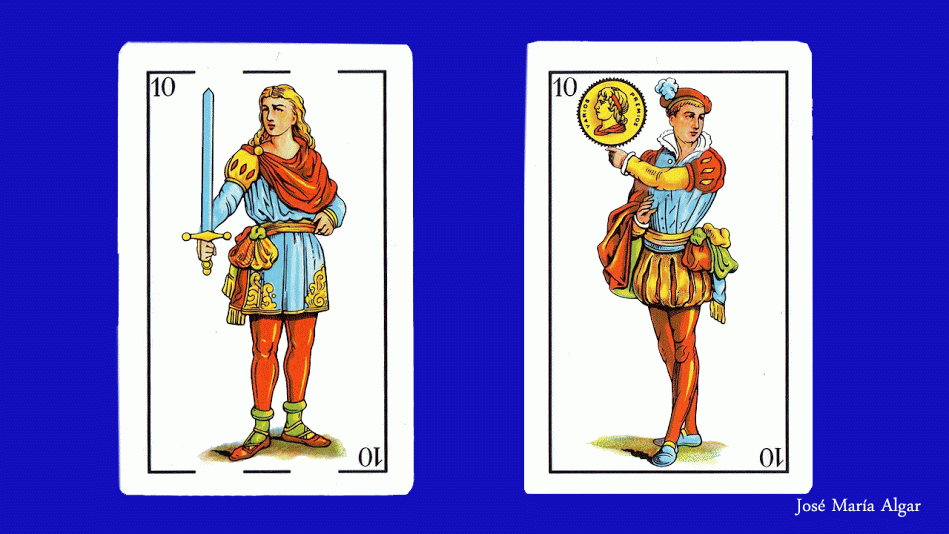 On my trips to Spain I’m always in search of a bargain! I’ve recently not had much luck finding ‘Poundland’ type shops, nor the equivalent of a Swiss brocki but this time I came across a 1 euro shop down one of the Siete Calles in Bilbao. Disappointingly there were no books, and unfortunately I was down to my last few euros. However, I did find some bargains.
On my trips to Spain I’m always in search of a bargain! I’ve recently not had much luck finding ‘Poundland’ type shops, nor the equivalent of a Swiss brocki but this time I came across a 1 euro shop down one of the Siete Calles in Bilbao. Disappointingly there were no books, and unfortunately I was down to my last few euros. However, I did find some bargains.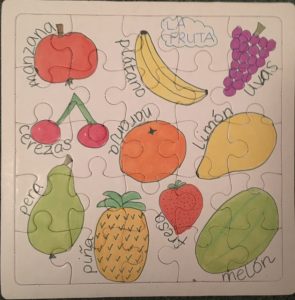
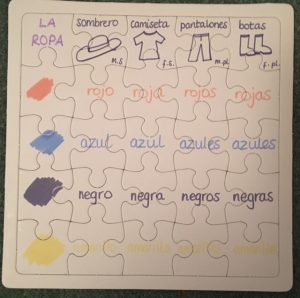





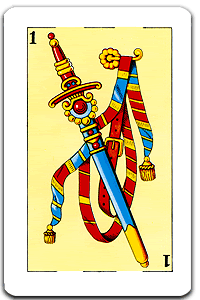

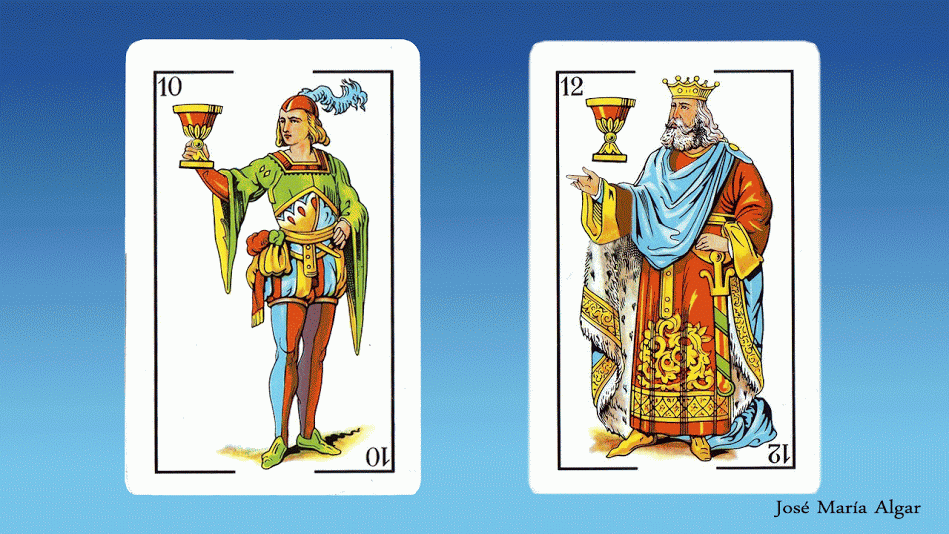
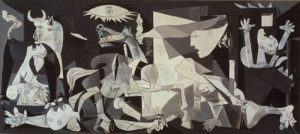
 For many, Christmas in Spain really starts today with El Gordo, the special lottery draw.
For many, Christmas in Spain really starts today with El Gordo, the special lottery draw.
